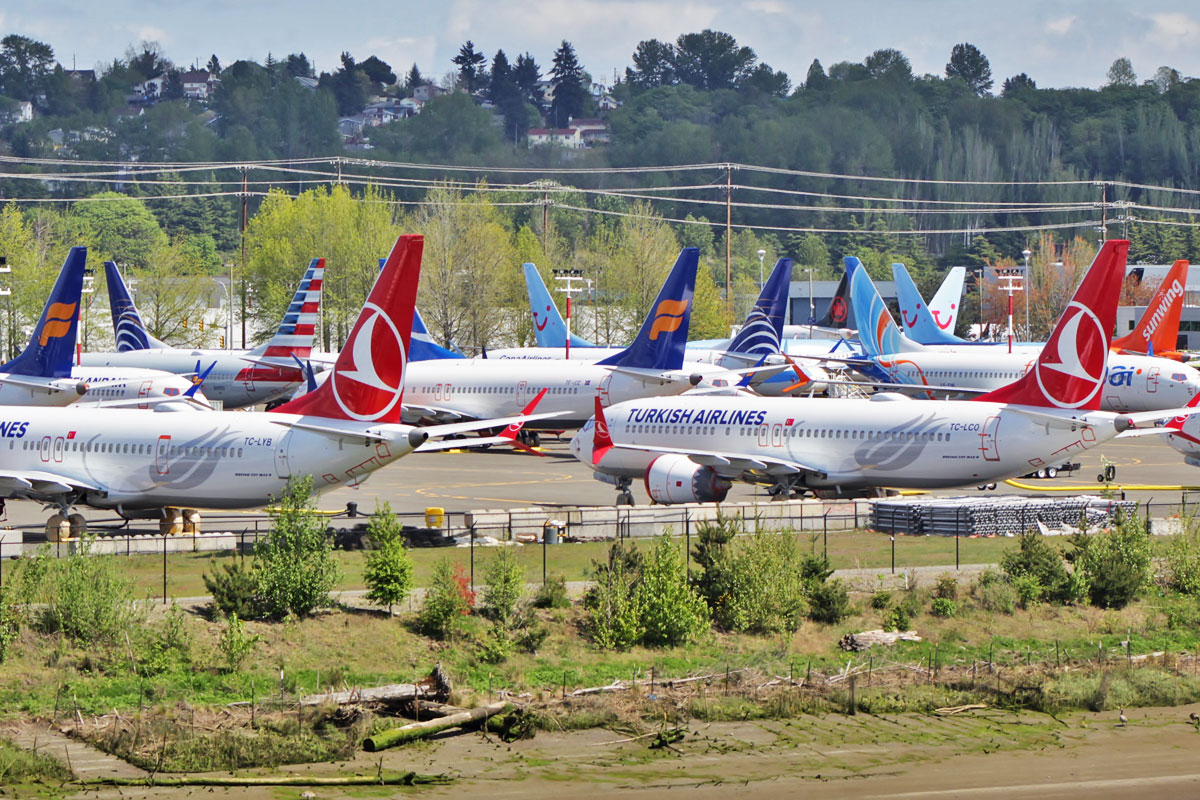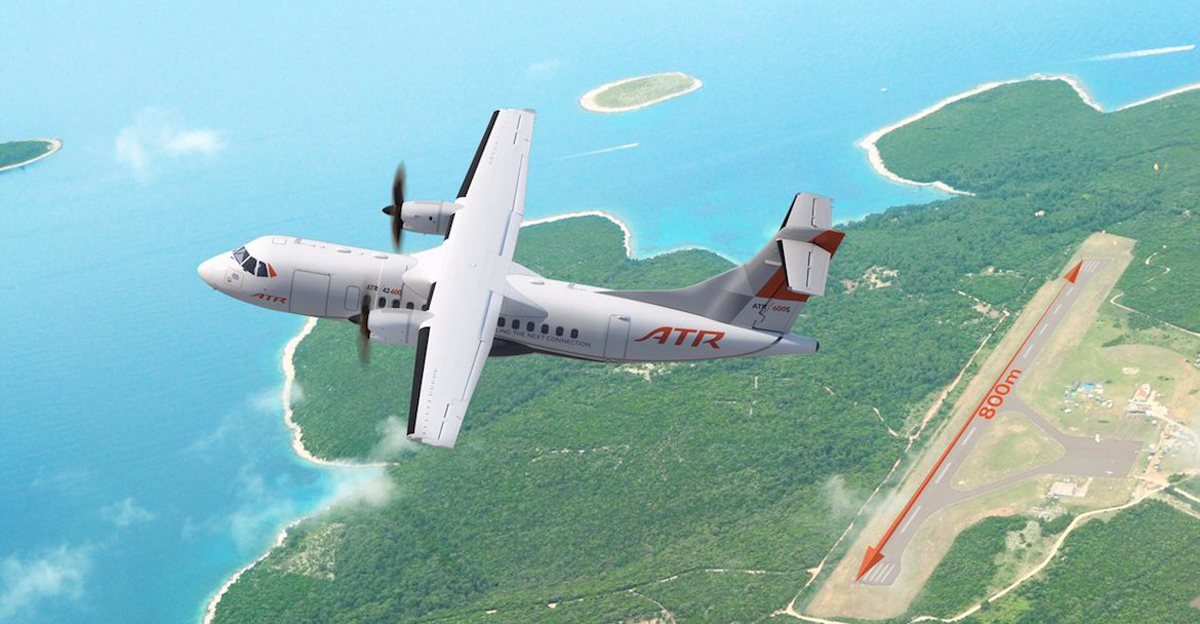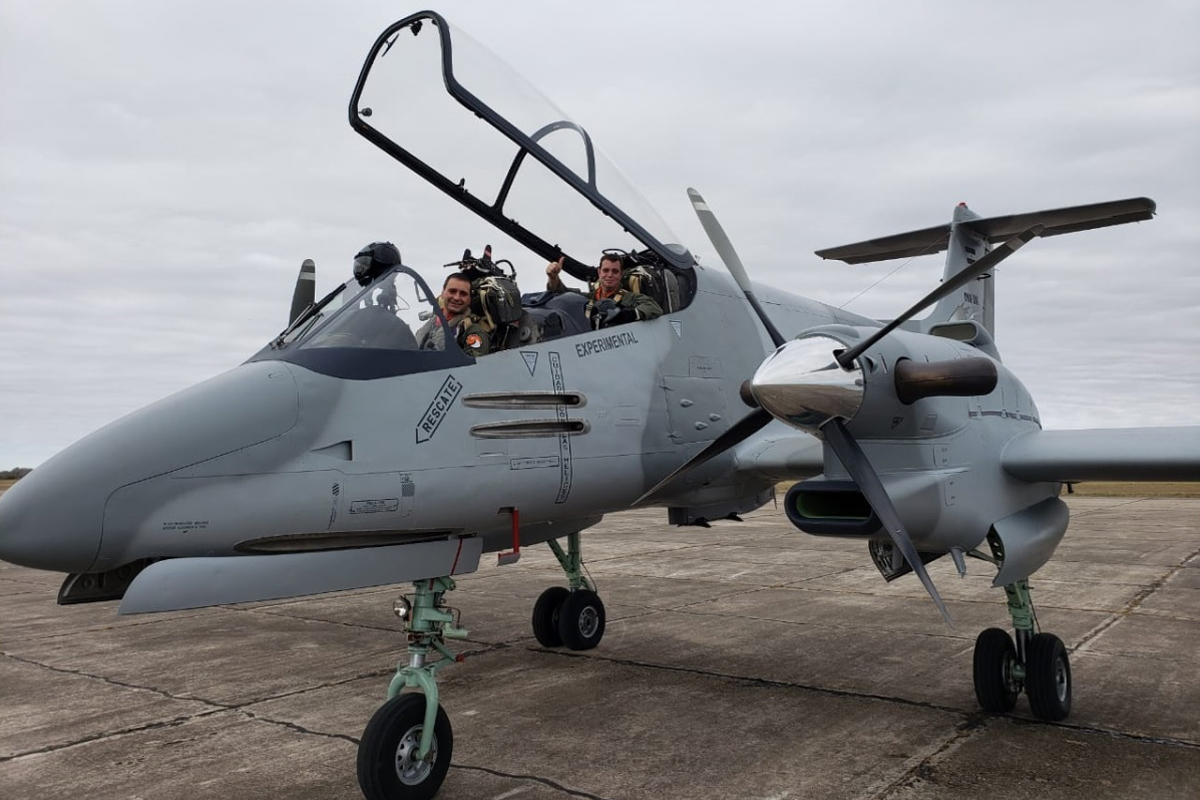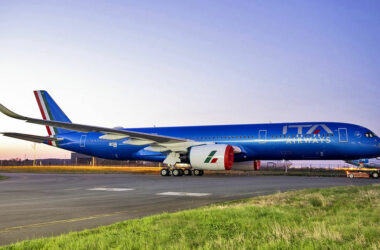Nothing is so bad that it can’t get worse for Boeing in the face of bad news striking the planemaker. Third quarter deliveries, for example, were a complete disaster: only 63 jets sent to customers, compared to 190 aircraft in the same period of 2018.
As happened in the second quarter, the low number is caused by the 737 MAX not being delivered. The most popular commercial jet in history, the plane is experiencing its biggest crisis since March when civil aviation agencies in the world grounded the MAX version after two fatal accidents.
Unable to ship the 737 MAX to its customers, which remain stocked at various airports and even plant parking lots in Washington state, Boeing delivered only 5 units of the narrowbody jet – in 2018 there were 138 aircraft.
The most numerous aircraft in volume in the third quarter was the 787 with 35 units, followed by the 777 with 12 aircraft and the old 767 with 10 units plus just one 747.
Goodbye Aeroflot
However, until 787 has been through situations. The widebody, which had its monthly output increased from 12 to 14 aircraft a month, has just lost a significant order from Aeroflot. The Russian airline had ordered 22 model aircraft, but dropped the deal, valued at $ 5.5 billion.
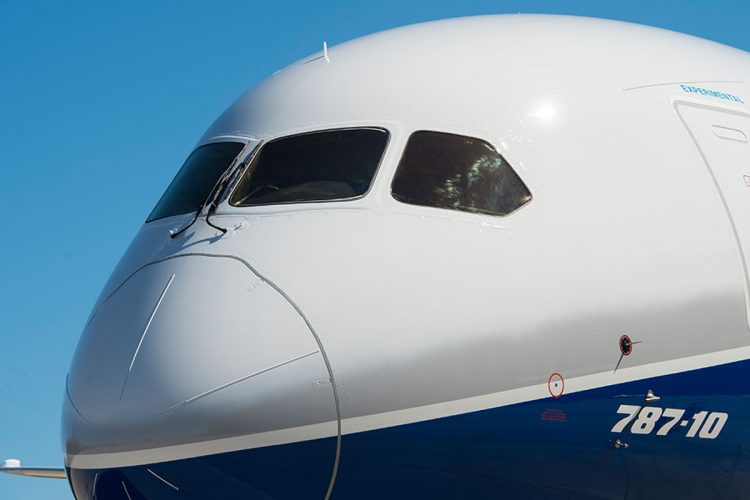
The cancellation has led to a huge production gap in 2022 that seems difficult to fill, forcing an assembly line to stop if new buyers do not emerge.
The lack of customers for the model, despite the confirmation of an order from Air New Zealand for 10 787-10, may have to do with competition from narrowbody aircraft such as the A321neo XLR.
With lower operating costs, those aircraft, while less comfortable, have been fitting in with some airlines’ plans and undermining the demand for more expensive widebodies.
There is also the US-China trade war, which has even greater destructive potential due to the sales potential of the Chinese aviation market. With commercial retaliation by US President Donald Trump, the outlook for Boeing is even worse.
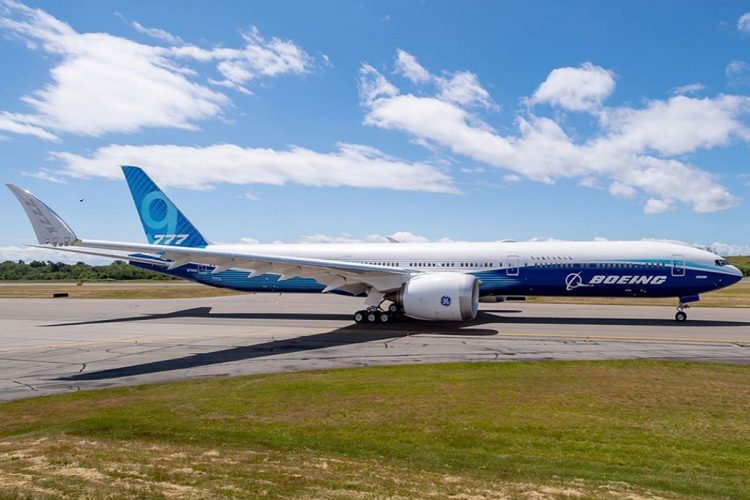
Faced with so many misfortunes, Boeing has focused on solving its problems. Tests with the MCAS system have advanced, prompting the manufacturer to believe that the 737 MAX will be released for flight by the end of 2019. But European aviation authorities remain skeptical of the company’s resolution.
Largest widebody project today, the 777X program runs out of time to solve problems with the GE9X engine. Once this is resolved, test flights could take place next year, finally.
Boeing continues to study NMA, a new family of mid-capacity commercial jets that may be an appropriate response to market demand over the next decade. By then, however, it will take extra energy to get through this seemingly endless storm.

